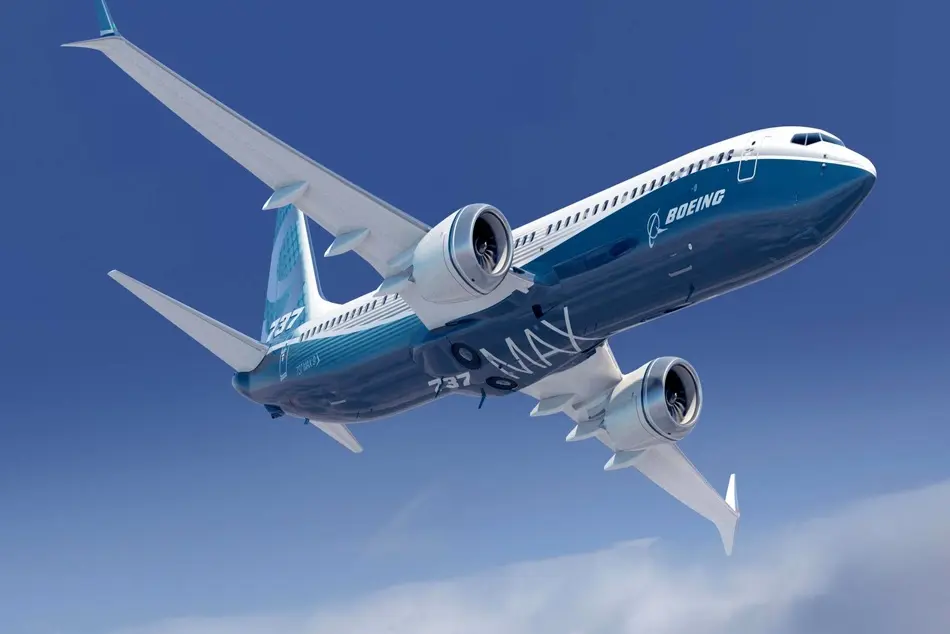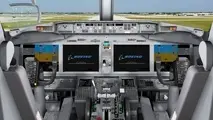Boeing Admits Knowing About 737 MAX Issues Before Crashes
Boeing released a new statement in which admitted it was aware of 737 MAX problem of the aircraft display system software not correctly meeting the AOA Disagree alert requirements, but took no action to resolve the issue.

Boeing released a new statement in which admitted it was aware of 737 MAX problem of the aircraft display system software not correctly meeting the AOA Disagree alert requirements, but took no action to resolve the issue.
It appears that the aircraft manufacturer knew that the problem exists already in 2017, long before the first fatal crash involving 737 MAX 8 aircraft operated by Lion Air. The accident claimed the lives of 189 people in October 2018.
The second fatal crash followed five months later, when the Ethiopian Airlines Boeing 737 MAX 8 crashed short after take-off, killing 157 on board.
No Impact on Aircraft Safety
Boeing said that among the primary features indicators and features for the safe aircraft operations are air speed, attitude, altitude, vertical speed, heading and engine power settings. At elevated angles of attack the most important features are stick shaker and the pitch limit indicator.
"Whereas “neither the angle of attack indicator nor the AOA Disagree alert are necessary for the safe operation of the airplane. They provide supplemental information only, and have never been considered safety features on commercial jet transport airplanes”, stressed the planemaker."
For this reason, after detecting the discrepancy between the requirements and the software, Boeing followed the procedures to determine how to resolve the problem, however, came to the conclusion that “the absence of the AOA Disagree alert did not adversely impact airplane safety or operation“.
The problem was set to be fixed during the following planned display system software update, without any urgent need to initiate updates right away.
Worth highlighting that Boeing said “senior company leadership was not involved in the review and first became aware of this issue in the aftermath of the Lion Air accident”.
Importance of AOA Indicator
Investigation of both crashes is still ongoing. Only preliminary reports were released and no final reasons announced, thus, there is no evidence to say that the lack of alert function contributed to fatal accidents.
Important to note that the AOA disagree alert only worked on an aircraft if the airline had purchased an additional, optional feature, known as the AOA indicator.
Nevertheless, some aviation experts are convinced that if some features on the aircraft exist, it means that this data is important in any case and should not be considered as not valuable.
"In both disasters, preliminary investigations suggest faulty data from a malfunctioning angle of attack (AOA) sensor triggered the aircraft’s anti-stall software, known as MCAS, which pitched down the nose of the planes as pilots struggled for control."
But is it really so? Let’s say that the AOA indicator could have notified the pilots about a sensor malfunction and help prevent the disaster, at least the Lion Air one. However, at the same time it is unlikely, because, for example, during the first fatal flight, pilots were even unaware of the existence of anti-stall software, known as MCAS.
But it would have mattered if pilots had received the information about the two sensors providing very different data knowing that the MCAS system relied on erroneous data received from a single sensor. For this reason, it is presumed that sensor acted as a trigger of a crash.
But Ethiopian flight proves otherwise. These pilots knew about MCAS and, according to the initial report, followed all the procedures issued by Boeing to deal with MCAS system failures. Thus, they could have read the sensor information and act accordingly to prevent the aircraft from going down. Here it appears that AOA indicator was not a decisive factor.
In any case, Boeing still insists that neither neither the angle of attack indicator nor the AOA Disagree alert are necessary for the plane to perform safely.
In the wake of the Lion Air accident “Boeing informed the FAA that Boeing engineers had identified the software issue in 2017 and had determined per Boeing’s standard process that the issue did not adversely impact airplane safety or operation“, the company reported.



